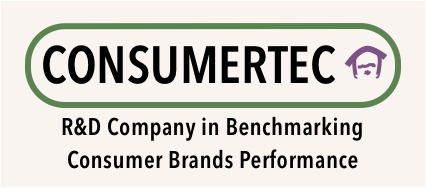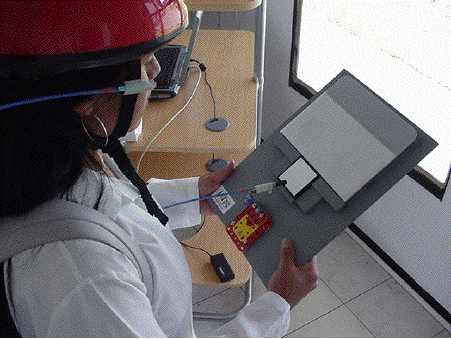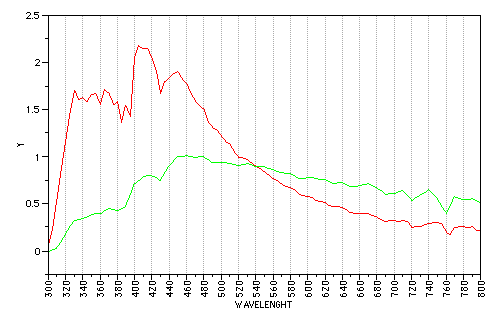 |
Visual Scenarios Characterisation
|
|
Background Visual assessment of washing results in real laundry scenarios constitute one of the foundations of Consumer Value. But that simple fact from a consumer point of view represents an enormous challenge to be estimated from laboratory instrumental measurements. Complex laundry visual scenarios, including: consumer visual geometries, actual sources of illuminations (natural and artificial), other objects in the scene, consumer ability to detect remanent stains, and consumers preferences for whites, are not represented with conventional equipments (contact spectrophotometers and colorimeters), therefore the gap between actual visual perception and conventional colorimetric measurements is very significant; specially when fluorescent samples are involved, which is the rule on detergency studies. Understand 'perceived customer value', is currently the new emphasis on laundry product's R&D activities. But this new challenge needs combined efforts from different perspectives. One of them is to describe actual realities at consumer scenarios and more specifically, to characterise visual scenarios present when consumers conduct visual evaluation of the washing results and determine whiteness and cleanliness performance of laundry products.
|
|
|
Presentation Due to laundry visual scenarios are a combination of peculiar source of illuminations and surroundings, their characterisation needs specific hardware and software capabilities, now in place at DETERTEC. Installed late 2004 and tested during 2005, DETERTEC new technology is based on 5 independent spectrometers interconnected, to take simultaneous full calibrated absolute measurements, in the range 300nm - 800nm, with a resolution of 1nm, of all radiation involved on visual perception under real laundry scenarios. By this way, relevant source of illuminations and surrounding are full characterised, specifically those in which consumer perceive significant differences on cleanliness and whiteness. Final information constitutes the key point not only to understand consumer visual perception of whiteness and cleanliness, but also to define or optimise parameters to conduct a more relevant laboratory work as well as to apply modern colour appearance models that match consumer visual perception, and to set visual environment in virtual R&D systems.
|
|
|
Examples: 1. Blue sky Natural source of illumination at actual laundry environment. .. place: Quito, Ecuador
Parameters: Comments: The only previous similar reference is 60,000 K, that was taken in USA on September 18, 1939 and published on: |
Home | Contact Us





